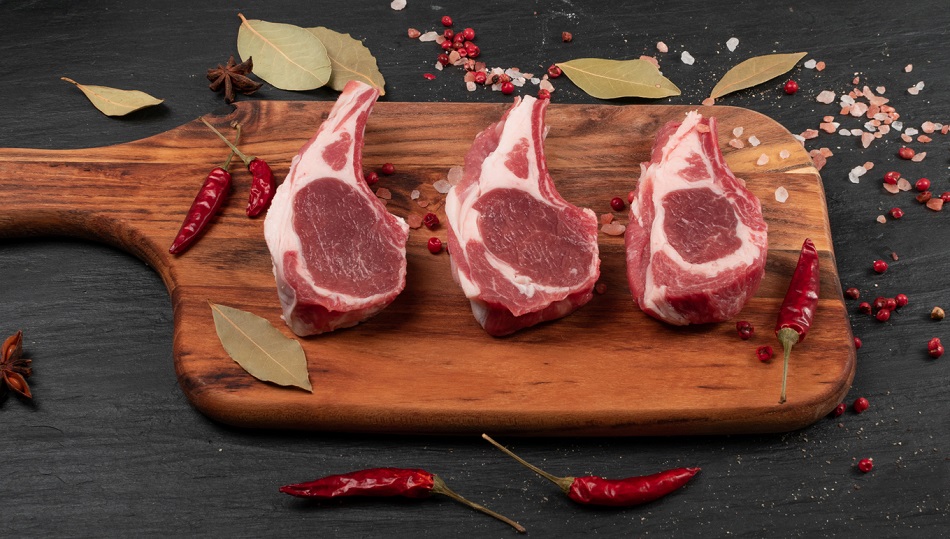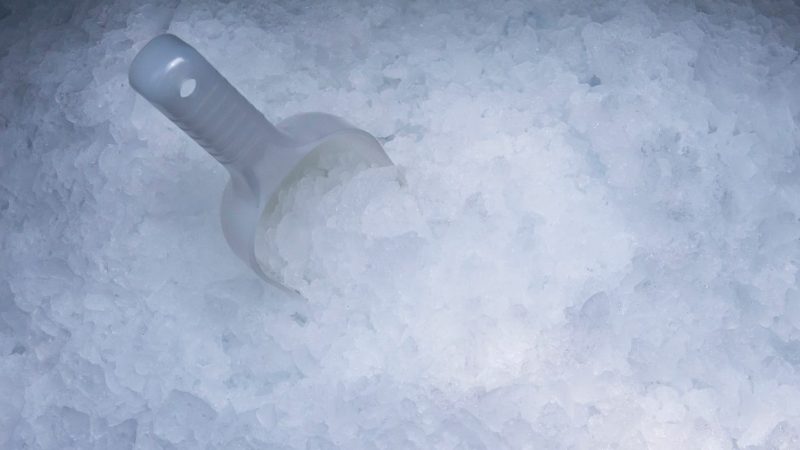Prime Grade Meat and Less Costly Yet High Quality Steak Cuts

Our favorite steakhouses like Outback who serves the best Filet Mignon and Mastro’s which lets you choose from their Rib Eye, Porterhouse and other selections are the best places to go to when we are looking for high quality steaks. The people who dine there definitely know their kind of meat.
Nobody likes dry and chewy meat. The best cuts in a steak are the ones which can be found in the rib and loin sections, the center of the cow. The fatty part gives the most flavor in a steak.
According to USDA Meat Grades, beef quality is graded in terms of tenderness, juiciness, and flavor. The best types of steak are tender, juicy and well-marbled. Muscles that don’t get used often are usually more marbled and tender.
There are three categories of beef grade
There are 3 levels according to USDA’s beef grades – select grade, choice grade and prime grade.
Select grade is described as very uniform in quality and normally leaner than the other grades.
Choice grade is the one often sold in supermarkets. It is very high in quality, has less marbling than prime grade
Prime grade is the one sold in restaurants and hotels and they come from well-fed cows with abundant marbling and very young.
These meat quality grades are assigned based on a combination of marbling and maturity.
Marbling is the term used to describe flecks of fat within the meat which adds flavor.
Younger beef produces the most tender meat.
One should not mistake the fat on the outside of the meat for marbling.
It is simply fat and often is trimmed away before the steaks are cooked or roasted.
The “prime” grade is only given to meat that comes from a categorically young beef with the most abundant marbling.
Prime Grade
Among the three, Prime Grade steaks is considered the meat with the highest quality. Only about less than 2% of all beef produced in the United States will earn the Prime Grade Classification. Some groceries may not even have these available because it is usually purchased only by high-end restaurants and hotels. Some higher-end stores are selling prime meats, at a price you should only be spending on special occasions.
Also, it is illegal to misrepresent the grade of meat, misuse the mark “USDA Prime”, and use misleading language to describe the quality of the meat.
A restaurant that serves something called “prime rib” must use beef that has been graded prime. If it is not prime grade, they would have to call it a rib roast. They simply are not allowed to use the word “prime” to describe it.
Choice
For those who cannot afford prime grade, choice would be the next best option.
Choice beef has less fat marbling and tends to be less juicy and tender than prime beef. The texture of Choice beef is more coarse but Choice can still be quality steak if it is cut from the loin and rib areas such as the tenderloin filet or rib steak.
The good thing about Choice beef is it is more available and can be served at nice steakhouses and restaurants as well.
Select
Select is the lowest grade of beef. It is typically found in any grocery store meat counters and restaurants across the county. It has the least amount of fat marbling and is distinctively less juicy and tender. Select beef is normally tough and less flavorful than Choice or Prime beef.
USDA Select beef may be less enjoyable and desirable but a good chef will still find ways to make it taste like it is Choice or Prime.
Also, without looking at these grades, the cost of the meat can also be classified according to their cut.
Some of the most expensive cuts and considered of highest quality because of their tenderness and flavor were:
- T Bone – a T-shaped bone with a piece of tenderloin on one side and a strip of top loin steak on the other.
- Porterhouse – a crosscut from the short of the front loin just like the T Bone except with a tenderloin section wider than 1.25 inches
- Filet Mignon or Beef Tenderloin – the most tender cut of beef also coming from the short loin – the part where there is least movement from the cow
- Rib Eye – is extremely flavorful with high fat content, well-marbled, very tender and it comes from the rib section in upper cage area which also don’t move a lot, making the meat tender
There are other cuts which are still described as tender and flavorful but least expensive:
- Sirloin – cut from the sirloin section where the T-bone, Porterhouse come from.
Top Sirloin cuts are still a bit costly but cheaper than Rib Eye or T-bone while Bottom Sirloin cuts are more affordable
- Chuck eye – is the “poor man’s Rib Eye”. It’s a low-cost alternative to Rib Eye steak.
If you are aware which cut could be equally juicy or tender but comes at a lower cost, then you will surely know how to enjoy a steak once in a while without spending too much.






